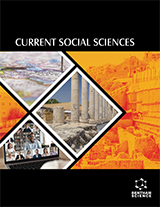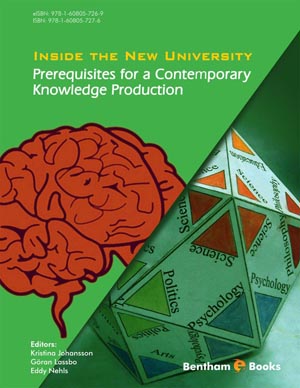Abstract
Despite intensive research, brain tumor remains one of the deadliest forms of cancer with rapid progression and poor prognosis. A brain tumor is physically, emotionally, socially, and financially challenging not only for the patient but also for the caregiver. Morbid conditions like seizures, paralysis, cognitive impairment, and permanent neurological damage are the potential impacts of either the disease or therapy. Poor long-term survival with the 5-year and 10-year survival rates of almost 36% and 31%, respectively, adds to the burden. Animal models have undergone constant development with time and remain an indispensable tool for exploring the underlying pathophysiological mechanism and evaluating potential therapeutic strategies. Initial brain tumor models used chemical carcinogens to induce brain tumors, with nitrosourea derivatives being the favorable choice. These tumors could be maintained easily under in vitro conditions as cell lines and grafted in suitable syngeneic or xenogeneic hosts to study the cellular and physiological features of different types of brain tumors. The advent of transgenic technology has revolutionized animal modeling by allowing the manipulation of the host genome. Transgenic animals with gain/loss of function (knock-in/knockout) can be produced to investigate the role of any specific protein/gene involved in the cell cycle, metabolism, and signal transduction. Since the first oncomice in the 1980s, the transgenic technique and the subsequent expression of the transgene have been carefully worked out in mice. The role of different mutations, tumor suppressors, and oncogenes has also been studied. 2D and 3D in vitro techniques for faster evaluation and pre-screening of drugs have been established to mimic the brain microenvironment by manipulation of the culture conditions. Furthermore, a brief summary of non-rodent models and their potential applications has been discussed.
Keywords: Animal models, Brain tumor, Chemical models, Genetic models, invitro models, Non-rodent models, Oncogenic virus, Syngeneic models, Xenograft models.

















